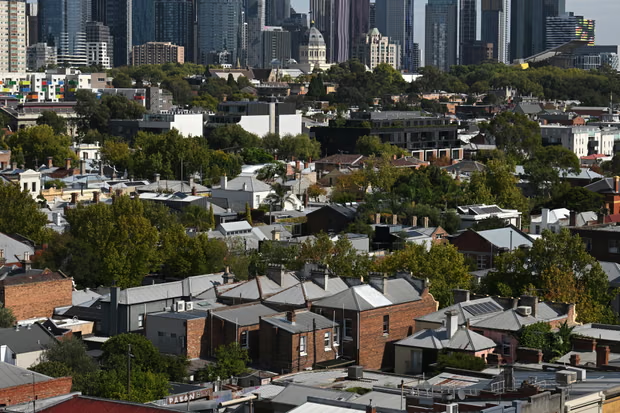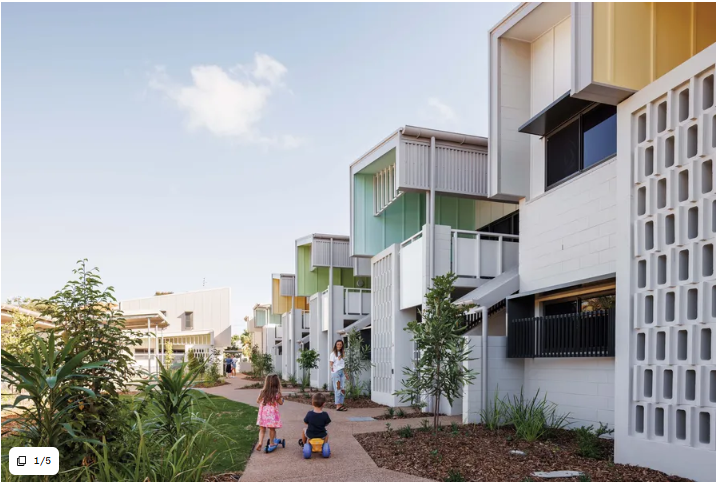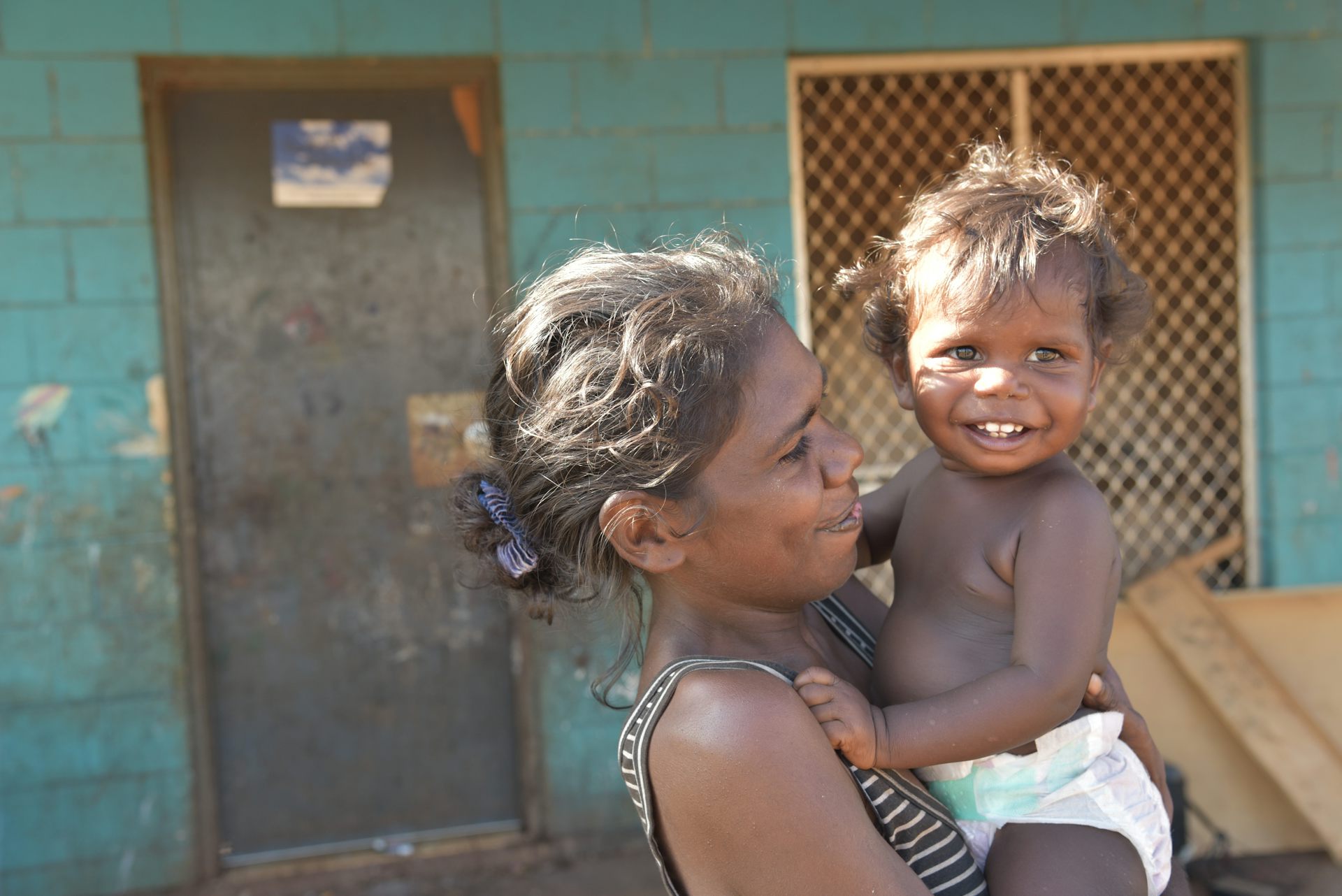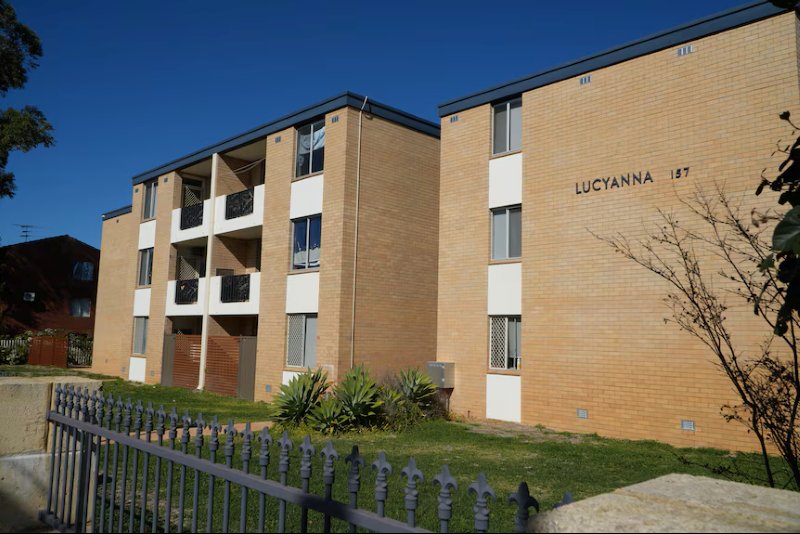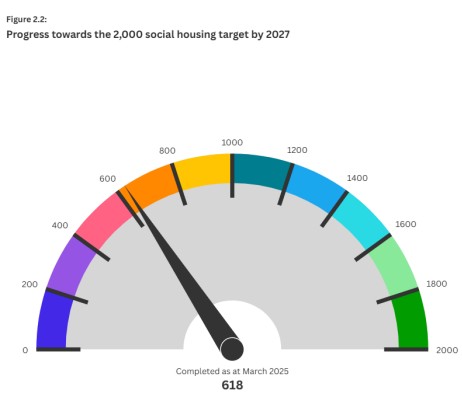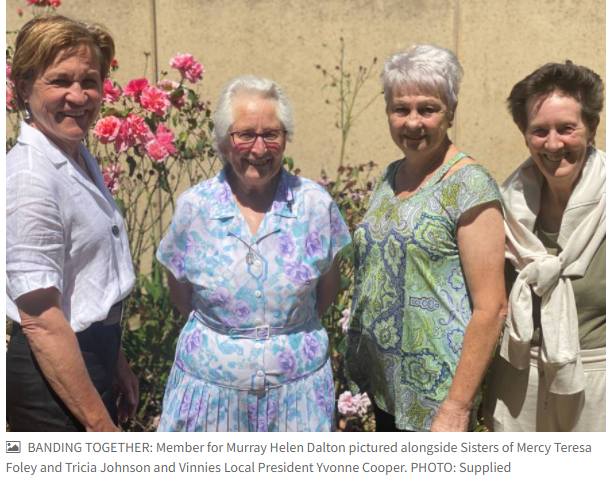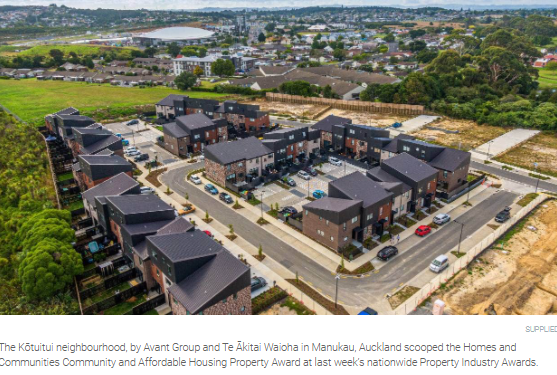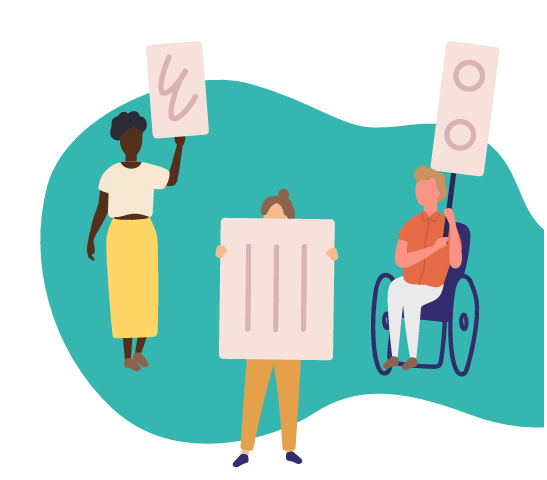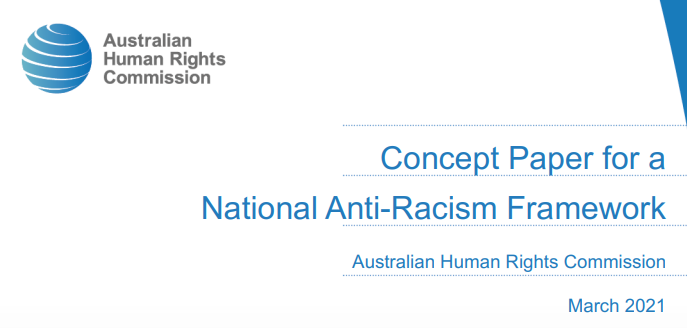The housing problem is fixable, but only through systemic change. That’s why I support a proposal to enshrine the right…
An exemplar project for Queensland’s Social Housing Design Guideline, this small-scale development presents a civic response that balances community and…
The Yes In My Backyard movement is lobbying for denser cities and more housing in places people want to work…
Australia is experiencing a housing crisis. But for many Aboriginal and Torres Strait Islander people, the challenge runs deeper than…
Residents of the inner Perth suburb of Inglewood have expressed their fears after a spate of antisocial behaviour in the…
TasCOSS has unveiled a new, interactive Tasmania’s State of Housing Dashboard that will track a number of housing indicators against the Tasmanian Government’s key…
- News, Queensland Statewide (all regions)
Australia’s housing market continues to surge, with prices lifting for the 14th consecutive month and the median home adding a…
- Queensland Statewide (all regions)
Goldman Sachs Asset Management is to invest at least A$137m (€85m) in Synergis, a fund that invests in disability housing…
- Queensland Statewide (all regions)
Sisters of Mercy are looking to build local cost housing in the region in response to the growing rental crisis…
- Queensland Statewide (all regions)
The concept of affordable housing has changed significantly since the uniform state houses of the 1950s and ‘60s. These days,…
- Queensland Statewide (all regions)
Suited and booted guests endured shouts of “shame on you” from protesters as they made their way inside. Kwajo Tweneboa,…
- Queensland Statewide (all regions)
The latest annual report based on the Rental Affordability Index (RAI) reveals there has been a significant decline in affordability across…
- News, Queensland Statewide (all regions)
Local government agencies often say they find it difficult to identify and reach marginalized populations and gain their trust or…
- News, Queensland Statewide (all regions)
The Concept Paper outlines the reasons why a national framework is needed. The Commissioner states: “A framework would outline a…

